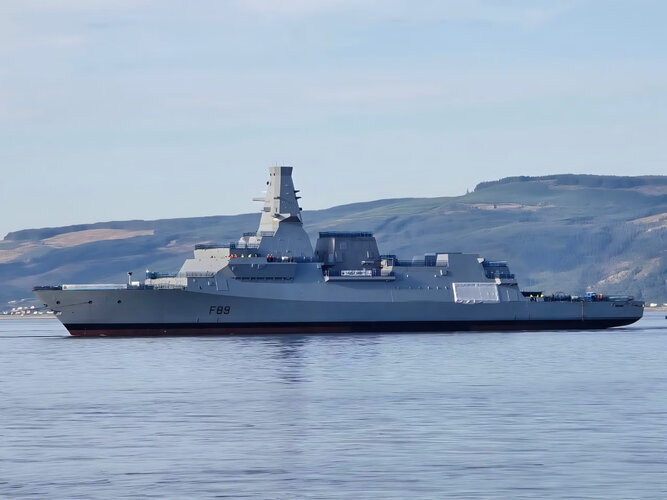I'm not sure Type 26 will get any other orders beyond the UK, Canada, Australia and Norway. It's an exceptionally capable vessel with the associated price tag. Any other nations with the budget to buy and operate tend to have their own shipbuilding industries to look after.
Type 26 appears to be very well positioned for the Norwegian order as their key requirements are:
1- ASW oriented Frigate - T26 nails this one....it will come in at No.1 in any scoring...
2 - From a 'close ally' - Again T26 will score the highest on this...
3 - Available from 2029 from existing production - Possible, the RN might have to give up a slot or 2...but they'd do it for the sale.
Add in all the other softer factors....RN will be doing ASW up north with the Norwegians so interoperability is key, nearby support infrastructure (T26 in class of its own there as well), AW101 in Norwegian service and is the worlds best ASW helo, Stingray torps, P-8 interoperability and training....list goes on an on...
The other contenders; ASWF, FTI, F126 and Constellation Class (in order of likelihood from most to least) all have their own advantages, but none have them to the degree that T26 does.












